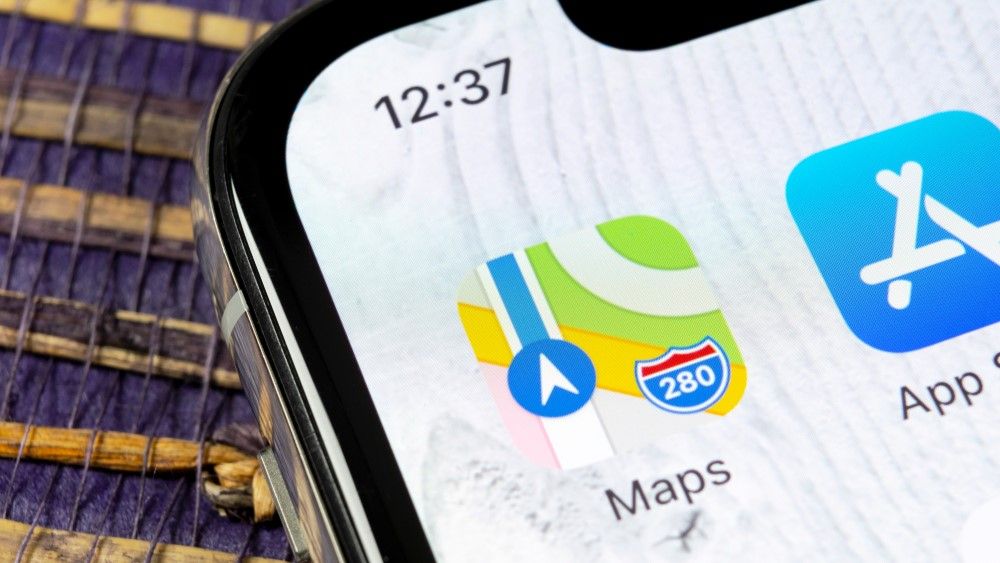
ZDNET's key takeaways
- Dashlane is discontinuing its free plan, effective Sept. 16.
- Current Dashlane Free subscribers get 50% off a one-year paid plan.
- Subscribers who don't want to pay have one year to export their data.
Dashlane, one of the world's most popular password management solutions, is about to get a lot more expensive for a big chunk of its users. In an email to customers, the company said it's discontinuing its Dashlane Free plan. Current users of that plan have until September 16 -- roughly six weeks from the date the shutdown was announced -- to sign up for a paid personal plan or export their data and move to another solution.
The company has published a FAQ about the discontinuation.
Also: The password manager I recommend most has its own VPN and long list of features
It's another move in what Dashlane calls a "streamlining" of its personal options, as the company shifts its focus to advanced security options for business customers. The change comes on the heels of an earlier decision to end monthly billing options and sell only annual Dashlane subscriptions.
It's unclear how many people will be affected by this decision. Dashlane's free plan comes with significant limitations -- it allows use on only one device at a time, and users are limited to a maximum of 25 saved credentials. It's not a power user's option, but it works for undemanding users who aren't particularly active online. Most of the complaints on the Dashlane Subreddit are from users grumbling at what they see as consumer-unfriendly moves, including price increases and what they describe as declining customer support.
The restrictions are similar to those offered in free plans from commercial competitors. LastPass Free restricts use to one type of device (computer or mobile, but not both), but has no limits on the number of saved credentials. The free NordPass plan also allows an unlimited number of saved passwords, but requires users to log out on one device before opening the app on another device. Keeper Free is even more restrictive, allowing users to save up to 10 passwords on a single mobile device.
Bitwarden stands to gain most in the transition, offering a "free forever" product that has most of the features of its paid competitors. A premium upgrade for consumers costs only $10 a year.
What happens to Dashlane Free plans?
All current subscribers with a free plan have been upgraded to a trial of the Premium plan, with an offer to save 50% on a subscription to Dashlane Premium (normally $60 a year) or Friends & Family (normally $90 a year). That offer is good until August 12, and the fine print makes clear the discount is valid for one year only, with renewals at the regular price.
Also: The best free password managers: Expert tested
After August 16, subscribers who chose not to upgrade will be unable to edit or view saved data, but they'll be able to export the contents of that vault for one year. As of September 12, 2026, those inactive vaults will be permanently deleted.
How to move your data
If you're not interested in upgrading to a paid Dashlane plan, you'll need to export your passwords to a comma-separated values (CSV) file and then import them into whichever password manager you select as a replacement.
In the Dashlane web app on a PC or Mac, go to My Account, click Settings, and then click Export Data > Export to CSV. You'll need to unlock the vault with your master password or biometrics, after which the CSV file is saved to your default downloads location. Note that the file containing the exported credentials does not include passkeys, and you need to export any saved attachments separately.
Also: The best password managers: Expert tested
The procedures for exporting passwords on a mobile device follow the same steps but start from the Dashlane app rather than a web browser.
Note that the resulting CSV file is a plain text file and is not encrypted. Anyone who has access to that file can read and copy its contents, so safeguard it carefully and delete it after you've imported its contents into your new password manager.
Stay ahead of security news with Tech Today, delivered to your inbox every morning.
.png)
 3 hours ago
2
3 hours ago
2










 English (US) ·
English (US) ·